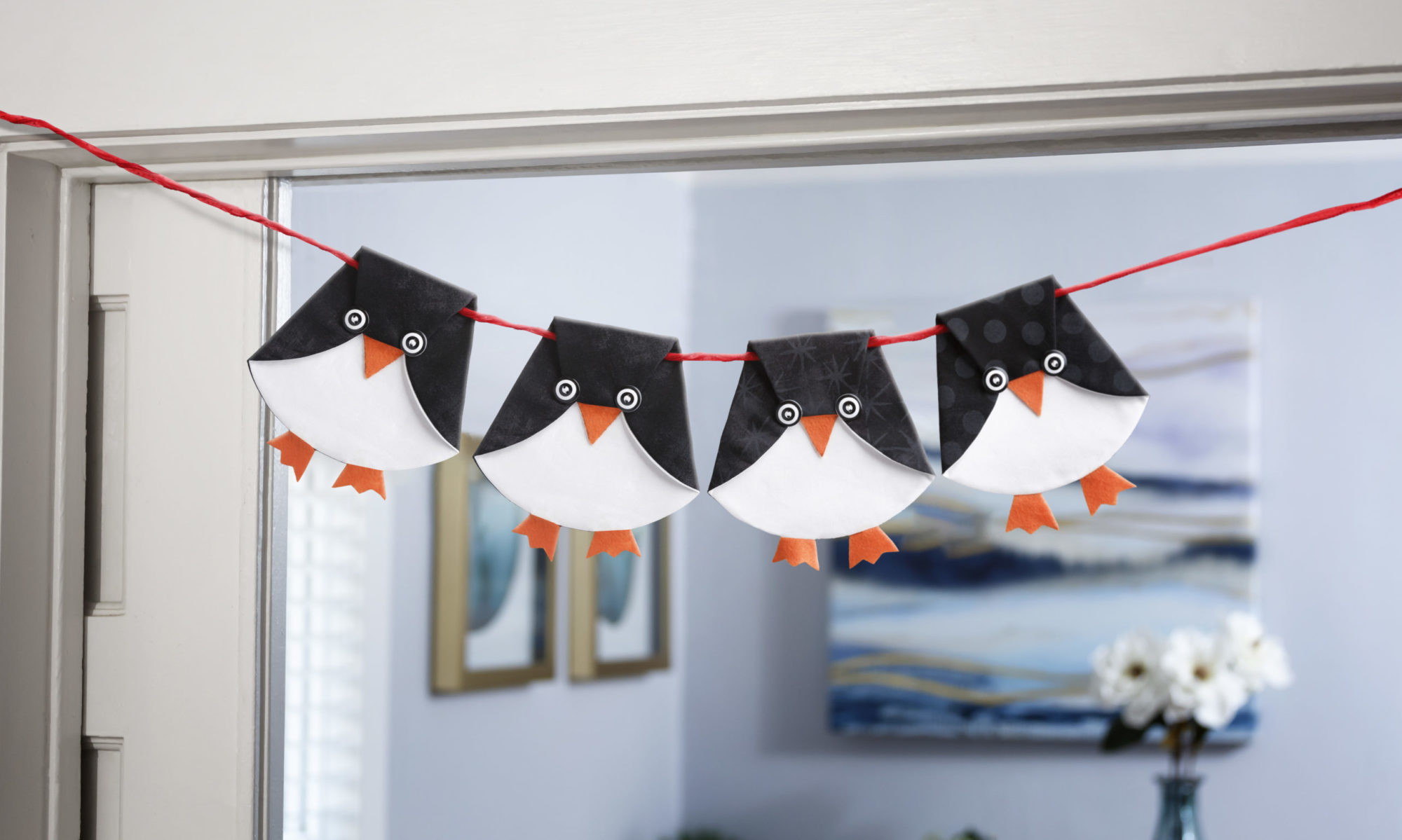With permission we are republishing a pattern from the blog ‘Crap I’ve made’. Her friend has a child with autism and made this pattern for a weighted blanket. Enjoy.
A weighted blanket is often used by children and adults with autism and other sensory-related disorders; including restless-leg syndrome. It helps a person to relax and to find comfort in a similar way deep pressure works. Serotonin is released through the pressure – which converts to melatonin which helps our bodies to relax.
There are several patterns online, but as I searched the internet for a pattern I could use I discovered many of them were designed using a weighting material that could not be washed. As I continued my research, I discovered in the rest of the patterns, the weight would not be evenly distributed, but would instead, move significantly within the pockets. These were concerns to me. I decided to design my sons blanket myself, being certain to do so in a way that would allow for a more evenly distributed weight as well as be machine washable.

Weighted Blanket Instructions:
These instructions are for a 40 x 64 inch blanket. You can adjust the size as you desire by following the basic instructions.
Supplies:
Fabric: (Cotton is best due to breathability) You need 2 yrds of a top fabric, 2 yrds of a bottom fabric, and 4 yrds of interior fabric, cut into 2 yrd increments (for this I used a white cotton poly) – there will be a little extra. . .
Thread (I used 2 spools)
9 hand needles
45” ¾ inch rubber tubing (you can purchase at Home Depot for cheap)
Funnel (We twisted a cereal box and made our own)
Plastic doll pellets (I purchased from www.crscraft.com, however, many professional companies will only use poly pellets, which will withstand more heat than the pellets I purchased. Both are machine washable and dryable; however the pellets I purchased can only be dried on low, while the poly pellets can withstand more heat.) Go here for Poly pellets from Missouri Star Quilt Co.
Poster Board and marker
Imagine what the inside of the blanket looks like:
You know what an excel sheet looks like, rows and columns? That is what the inside of the blanket will look like when you are done.
Weight:
The weight of the blanket is determined by the weight of the person whom it is intended. The total weight of the blanket should be approximately 10% of the person’s body weight plus 1 lb. This pattern is intended for a blanket weighing approximately 6 lbs, BUT CAN BE ADJUSTED. You may need to adjust certain dimensions in order to add more weight. This pattern will work for any lighter blanket.
Pockets, Pockets, Pockets
The blanket I made has 1×4” pockets, however they would not have room for more than a tsp of weight in each pocket. You may want to experiment a bit to figure out how many pockets you will have based on how much weight you need. The instructions from this point will be using 1×4” pockets, just know, you can adjust and just use the general idea of the pattern as needed.
Instructions (finally):
1. Take the poster board and start marking with marker, measure in 4” from the edge (width) and 1” for the edge (length) mark dots 1” apart for the length of the board. When the 1st column is done, measure 4” over, and mark the length of the board again. When you are done you should have organized ‘dots’ covering the poster board. Now, poke holes where the dots are. (I used a pencil. A hole punch would probably work betterJ )
2. Place ‘wrong sides’ together. (Remember these are interior, and will not be seen).
3. Place the poster board on the fabric both facing lengthwise, and mark the fabric through the holes on the poster board, until you have 64 ‘pockets’ going the length of the fabric, and 10 ‘pockets’ going the width of the fabric. (keep in mind you will have extra fabric at the top, bottom and sides of the blanket. You should measure the fabrics to center the “dots” the dots will end up with the approximate dimensions of the blanket (40×64”)
4. Following one column of dots on the right side of the blanket, sew up the length of the blanket. DO NOT sew more than one set of dots!!!
5. Following the rows of dots, sew up each row – the width of the fabric. You will end up with 64 pockets measuring 1×10”.
6. Tape your funnel to your rubber tubing. As much as possible make it so they are even with each other, so pellets cannot get stuck.
7. Attach a threaded needle to the bottom of each column.
8. Push the rubber tubing all the way into the 1st row, place the measured beads into the tube, making certain to shake them completely into the bottom of the pocket (can take a bit). Move the tubing out of the way just enough to hand sew up, one inch. Fill the next pocket with pellets, and sew up one inch. Repeat with remaining 63 rows.
9. Once all pockets are filled, place top fabric on top of the interior fabrics, and pin at the hand-sewn seams. Make certain to pull everything as tight as possible, in order to not have puckers and bumps.
10. Using a sewing machine, sew the top fabric to the interior fabrics. (hint: visually follow the seams on the interior fabric.) (Second hint: If you pick up the pellet pockets at the seam you are going to sew and shake them down, they will stay out of the way better than if you try to sew with them where they are. The machine will not like you if the beads get in the way!!!)
11. Attach the back fabric, by pulling tight, and pinning at the edges of the blanket. Outer seams are all that are needed, which will cause less sensory difficulties for children. Sew the backing to the blanket.
12. Finish the edges as you would prefer, in normal quilting fashion. (turn rough edges in and sew, etc)
13. Congrats on your new weighted blanket!
** It is suggested by some professional weighted blanket companies that additional batting should NOT be used in weighted blankets. The idea is the beads destroy the batting, and the batting causes the blanket to be too hot during certain times of the year. If you choose to add batting it should be done as a 3rd layer of fabric, in between either the top or the bottom layer of the blanket, outside of the pellets. This will help the batting to stay in an optimal condition. If you choose to have batting you will need to tie the quilt at least every 4” which would cut out step 10, as machine sewing will be nearly impossible. This will cause the blanket to be VERY, VERY warm, and I do not suggest it.
***We sell Polly Pellets in our shop, if you are interested in purchasing them. GO here we sell them in 2lb, 10lb and 25lb boxes.
I hope this tutorial is helpful, and a BIG thank you to Char at Crap I’ve made for allowing us to re-post this. We’d love to see the weighted blankets you make. Have a wonderful day.


